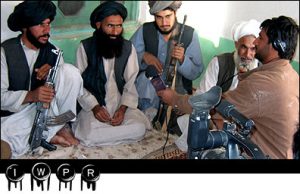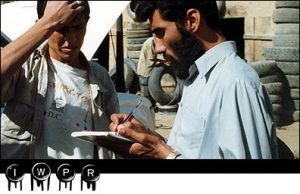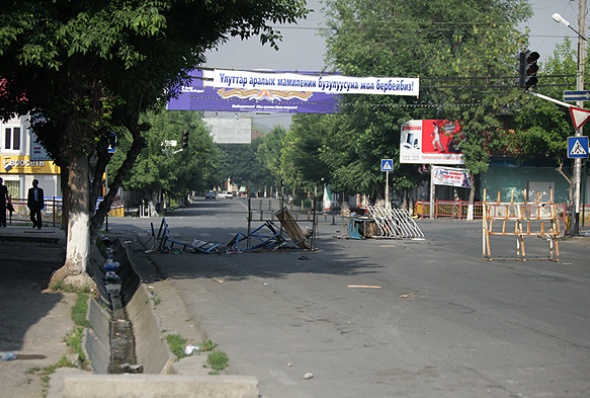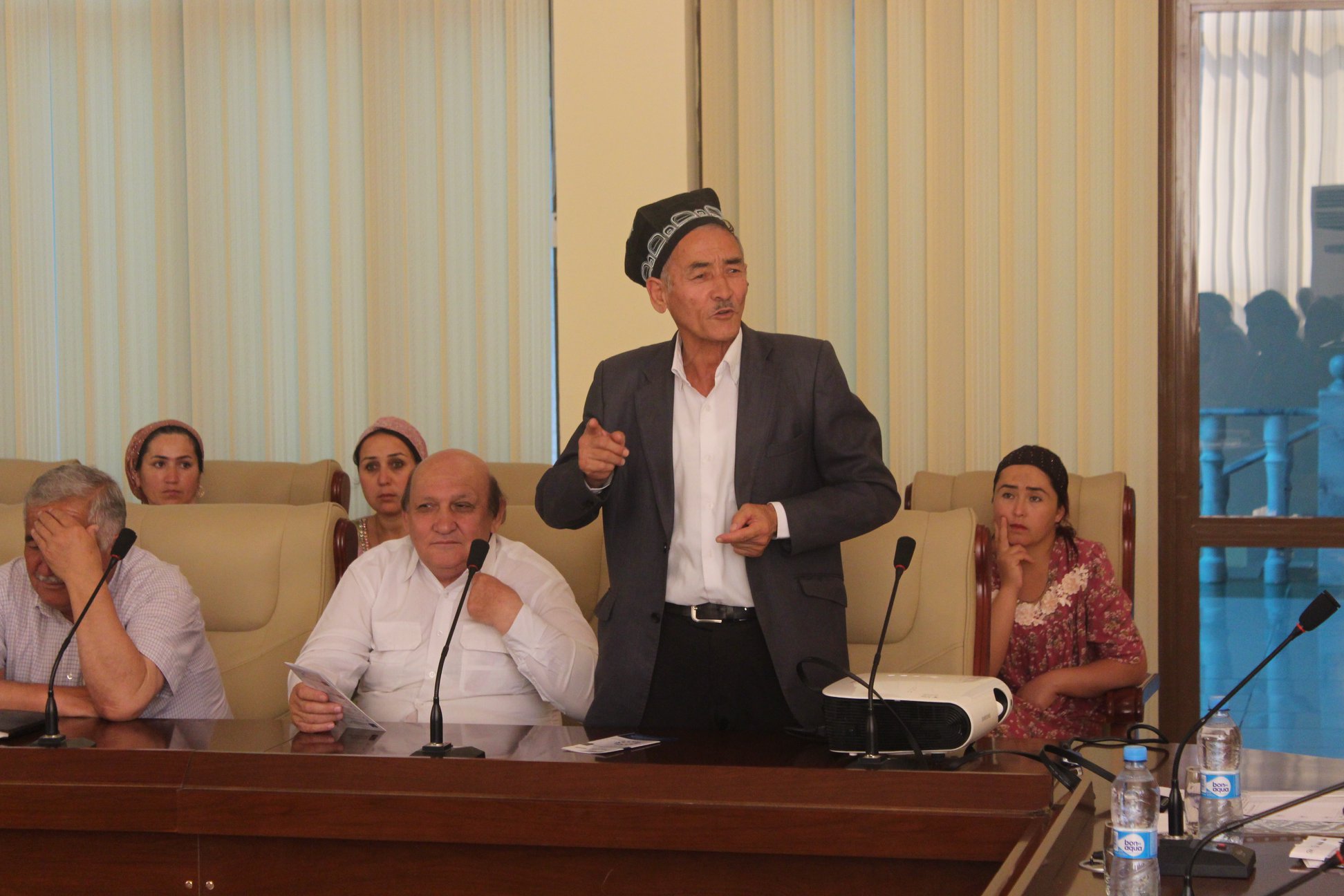Can you answer the question: what is peace journalism, as it is customary to say in international practice?
Is this positive journalism?
Is this a mitigation of the conflict through stories that talk about how the authorities solve the problem?
Or is it a balance of facts and opinions based on the impartial chronology of the conflict you cover?
None of the three proposed questions is peacekeeping journalism, since it is based on other principles.
The rule of three ”NOT” in the peace journalism
– DO NOT mitigate the conflict; – DO NOT look for those resposible for the conflict; – DO NOT duplicate opinions and claims as established facts.
Peacekeeping journalism provides an opportunity for editors and reporters to make a choice when covering a conflict, i.e. decide what facts and in what context to communicate to the audience to enable non-violent reaction to the conflict. Conflicts occupy the bulk of daily media news and people generally receive and accept violence information as a standard course of action to maintain peace.
This means that with the current demand for sensational and military news, which are leading in information resources, the role of peacekeeping journalism is growing. Journalists should develop the habit of exploring, discussing and creating dialogue in order to present different perspectives of conflict, war or violence, shaping public opinion for creating peaceful initiatives.
Peace journalism is when editors and reporters make choices about what ti communicate and how to communicate to the audience about the ongoing conflict in order to create opportunities for society to consider a non-violent reaction to the conflict.
There are several cases in the history of international journalism in which media have been accused of inciting conflict. Most often it was connected either with incorrect coverage of the conflict situation, or with insufficiently verified information.
Therefore, understanding the principles of peacekeeping journalism gives us the opportunity to use creative approaches to cover the most complex issues, such as interethnic, interfaith, intrareligious, intergroup and social conflicts.
Peace journalism tools are used to cover the following:
- Interethnic
- Interfaith
- Religious
- Intergroup
- social conflicts
The principles of peace journalism:
Peaceful orientation
 The first and most important rule: if you are covering any of these conflicts, you need to investigate the problem through 3 main aspects:
The first and most important rule: if you are covering any of these conflicts, you need to investigate the problem through 3 main aspects:
а) who are the parties to this conflict
b) what are the goals of each of the parties to the conflict
с) what problems do these parties have that could lead them to conflict.
Ask people: how does conflict affect them in everyday life, what changes do they want in reality, and is the position of their leaders the only and best result?
Finally, do not identify parties by quoting only their leaders.
Using these rules will help you create a common peaceful, the so-called “win-win” orientation of your story for both sides of the conflict and to raise discussion about its solution. This means that you present both sides as equal in the conflict, and in your report both sides seem to “win”. Thus, you achieve balance.
For example, there was a conflict between social groups of people: residents of an urban neighborhood living in a multi-store building near a park area and rooting for the land, the environment, and internal migrants working in the market without their own housing and with limited access to medical services. They have settled in the park in the summer, as there is a hospital nearby, for treatment of which their children are sent. Residents of the neighborhood opposed and, the conflict began.
You must show these two problems in such a balanced way so that the audience does not have doubts about the needs of each of their parties.
The win-win orientation of your story also means creating an open space to view conflict as a problem, to focus on the occurrence of the conflict and to prevent possible UNSEEN consequences. These can be diseases, injuries, violence, structural, cultural, environmental damage.
Orientation on fact

The second principle according to which you need to act is to focus strictly on facts, expose untruth from all sides and reveal all the tricks. Being guided by the facts you should receive their equal amount from each of the parties and check them.
In our case, when we investigate a social conflict, the possible tricks may be people or political forces behind the conflicting parties and pursuing completely different goals; there may be commercial interests of some oligarchs. All this you have to analyze by searching for factual information and its comparison.
Orientation to the masses and ordinary people
The third rule in peace journalism is orientation to the masses and ordinary people.
Imagine the voices of marginalized groups, minorities, find among them the so-called “Peacekeepers” regardless of their affiliation, and you will see what effect your report will have.
I will give an example from my own practice.

One of the main streets in Osh during the June events. Photo: Inga Sikorska / IWPR
During ethnic violence in southern Kyrgyzstan in 2010, when I was there and preparing materials from the scene, I identified a potential type of leader among ordinary people respected in their community and who have the courage to reconcile the conflicting parties. These are people living in conflicting communities, but they can speak on equal terms with both sides and convince them. Following their steps to resolve the bloody situation, I took notes and talked with them, and then created the material “Unsung Heroes Took on Kyrgyzstan Mobs”. As a conclusion, it was proposed to use mediation approaches to prevent the escalation of violence. As a result, the emphasis on courageous people in peacekeeping material helped to focus the audience on a peaceful society, and the authorities showed local initiatives to resolve the conflict.
Orientation on solution
Peace = non-violence + creativity.
And now we are approaching the last, fourth principle of peace journalism, which is called ORIENTATION ON SOLUTION. This means that in our story we can widely apply the following formula: Peace = non-violence + creativity.
Ask yourself a vital question, but what can I do to help de-escalate the conflict? ” Those. narrowing the scope of the conflict, reducing tension, the transition to a peace process. Accede, this is a wonderful mission! And construct the answer, realizing that creativity is to show the audience the invisible aspects of the highlighted event. One of the methods for implementing this principle is “achieving the opposite side”. Professional journalists can help overcome barriers between conflicting parties by searching for stories about what is common to both sides.

Discussions pave the way for a compromise solution to conflicts and disputes. Photo: IWPR
For example, these may be general approaches to solving environmental problems, business prospects, access to health services or new farming methods. And stories tell of solutions that both parties can share.
On the example of the social conflict under consideration between the townspeople and internal migrants, one can find someone from the apartment building who is a respected leader and could become a kind of mediator between internal migrants and the agency that should really deal with the problems of these people. And where they themselves cannot get for various reasons. After all, their placement in the park zone is just a conflicting tool!
And finally, peace journalism follows the basic rule of covering conflict-sensitive events: never use hate language when describing any of the parties.
AVOID inaccurate use of emotional words to describe what happened to people.
“Tragedy” is a form of drama where someone’s mistake or weakness leads to death. “Massacre” is the deliberate killing of unarmed and defenseless people. “Vicious”, “cruel”, “brutal” “barbaric” terrorist, fanatic, extremist, fundamentalist.
This vocabulary of hatred is always given when describing only the opposite side. And for a journalist using such a language, it means to accept one of the parties. Thus, lose objectivity and impartiality.
Exercise
Now try to do a comparative exercise on the elements of peace journalism. Analyze the two news stories and decide which one does not fit the model of peace journalism? Why? Make a list of the questions you asked yourself to understand this.
Download exercise for peace journalism (in Russian)
If you have found a spelling error, please, notify us by selecting that text and pressing Ctrl+Enter.






